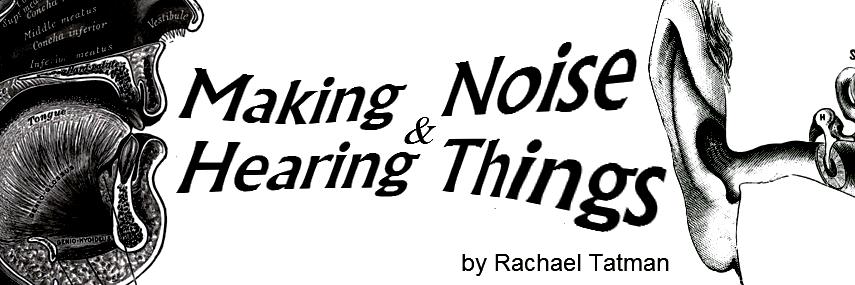Consonants and vowels are one of the handful of linguistics terms that have managed to escape the cage of academic discourse to make their nest in the popular conciousness. Everyone knows what the difference between a vowel and a consonant is, right? Let’s check super quick. Pick the option below that best describes a vowel:
- Easy! It’s A, E, I, O, U and sometimes Y.
- A speech sound produced without constriction of the vocal tract above the glottis.
Everyone got the second one, right? No? Huh, maybe we’re not on the same page after all.
There’s two problems with the “andsometimesY” definition of vowels. The first is that it’s based on the alphabet and, as I’ve discussed before, English has a serious problem when it comes to mapping sounds onto letters in a predictable way. (It gives you the very false impression that English has six-ish vowels when it really has twice that many.) The second is that isn’t really a good way of modelling what a vowel actually is. If we got a new letter in the alphabet tomorrow, zborp, we’d have no principled way of determining whether it was a vowel or not.
But the linguistic definition captures some other useful qualities of vowels as well. Since vowels don’t have a sharp constriction, you get acoustic energy pretty much throughout the entire spectrum. Not all frequencies are created equal, however. In vowels, the shape of the vocal tract creates pockets of more concentrated acoustic energy. We call these “formants” and they’re so stable between repetitions of vowels that they can be used to identify which vowel it is. In fact, that’s what you’re using to distinguish “beat” from “bet” from “bit” when you hear them aloud. They’re also easy to measure, which means that speech technologies rely really heavily on them.
Another quality of vowels is that, since the whole vocal tract has to unkink itself (more or less) they tend to take a while to produce. And that same openness means that not much of the energy produced at the vocal folds is absorbed. In simple terms, this means that vowels tend to be longer and louder than other sounds, i.e. consonants. This creates a neat little one-two where vowels are both easier to produce and hear. As a result, languages tend to prefer to have quite a lot of vowels, and to tack consonants on to them. This tendency shakes out create a robust pattern across languages where you’ll get one or two consonants, then a vowel, then a couple consonants, then a vowel, etc. You’ve probably run across the term linguists use for those little vowel-nuggets: we call them syllables.
If you stick with the “andsometimesY” definition, though, you lose out on including those useful qualities. It may be easier to teach to five-year-olds, but it doesn’t really capture the essential vowelyness of vowels. Fortunately, the linguistics definition does.

One thought on “Great Ideas in Linguistics: Consonants and Vowels”